Neuroscience

Neurotransmitter receptors function via various G-protein coupled and G-protein independent mechanisms that activate downstream intracellular signaling pathways such as cAMP/PKA, PI3K/AKT, phospholipase A2, and phospholipase C pathways. For instance, dopamine receptors act through adenylate cyclase to activate PKA and other signaling molecules, thereby mediate gene expression through the actions of CREB and other transcription factors. Other neurotransmitters such as NMDAR or AMPAR are associated with ion channels that control flux of Ca2+ and Na+, thus propagating the action potential across the post-synaptic neuron.
Dysfunctions in GABAergic/glutamatergic/serotonergic/dopaminergic pathways result in a broad range of neurological disorders such as chronic pain, neurodegenerative diseases, and insomnia, as well as mental disorders including schizophrenia, bipolar disorder, depression, and addiction.
-
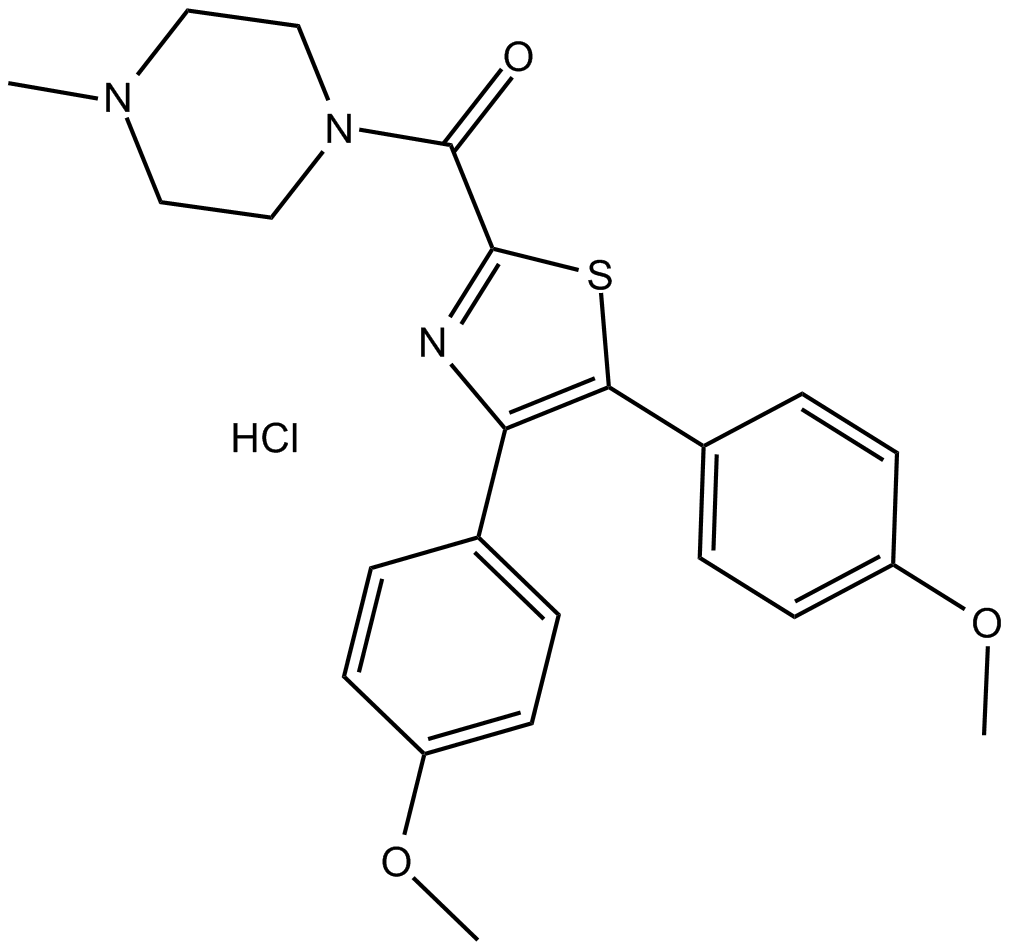 B6767 FR 122047 hydrochlorideSummary: cyclooxygenase-1 (COX-1) inhibitor
B6767 FR 122047 hydrochlorideSummary: cyclooxygenase-1 (COX-1) inhibitor -
 C3592 Spinosyn ASummary: insect nicotinic acetylcholinesterase receptors (nAChRs) agonist and potent insecticide
C3592 Spinosyn ASummary: insect nicotinic acetylcholinesterase receptors (nAChRs) agonist and potent insecticide -
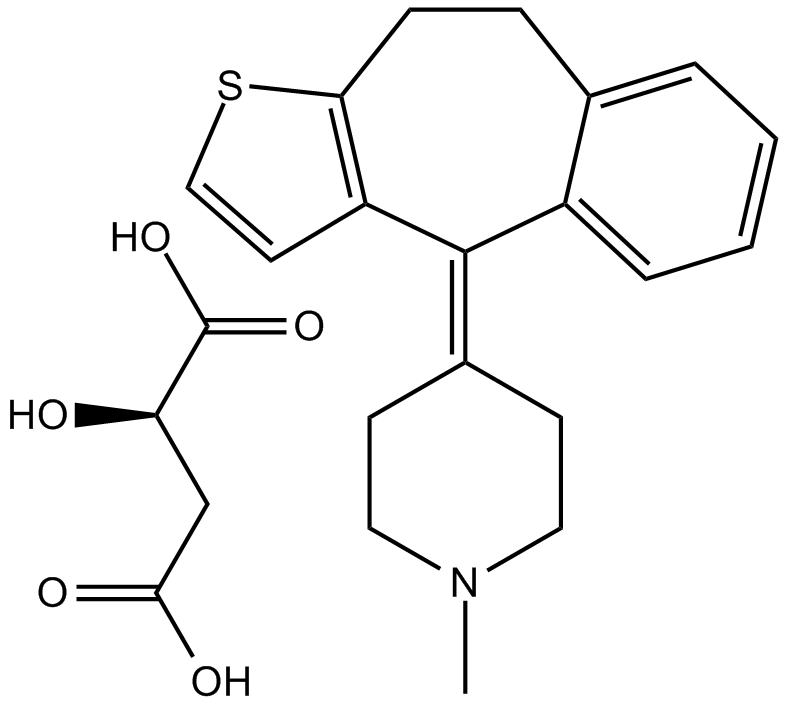 B2007 Pizotifen MalateTarget: 5-HT2 Receptors|D2 ReceptorsSummary: 5-HT receptor antagonist
B2007 Pizotifen MalateTarget: 5-HT2 Receptors|D2 ReceptorsSummary: 5-HT receptor antagonist -
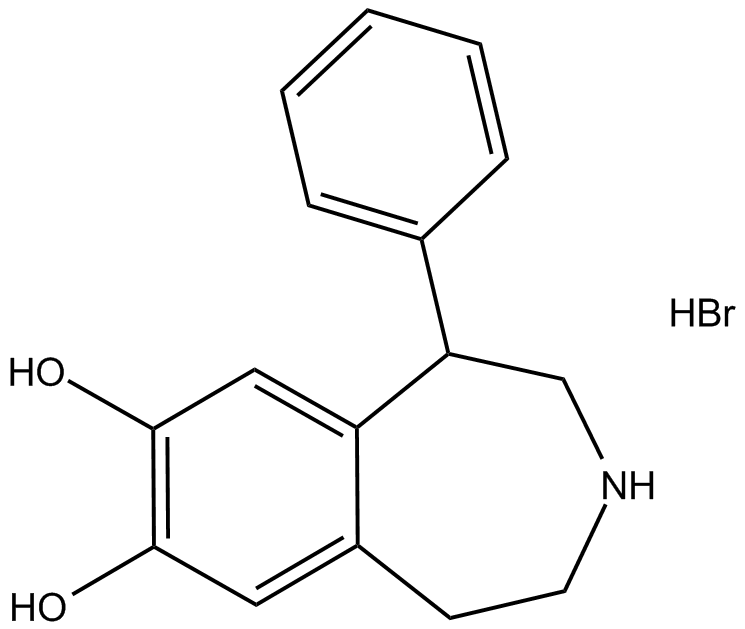 B6505 SKF 38393 hydrobromideSummary: D1-like dopamine receptor partial agonist
B6505 SKF 38393 hydrobromideSummary: D1-like dopamine receptor partial agonist -
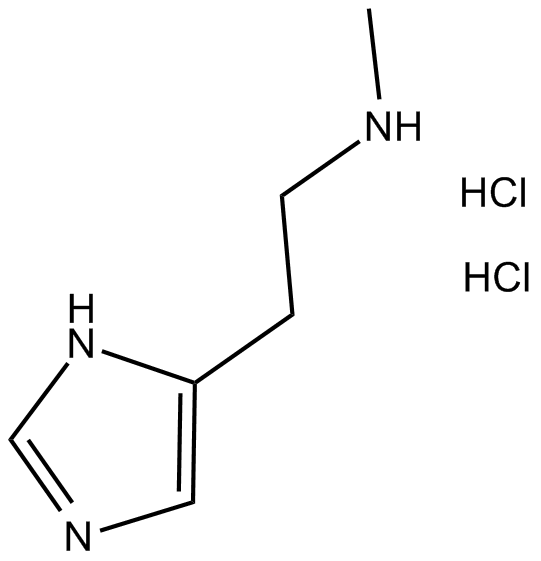 B6357 Nα-Methylhistamine dihydrochlorideSummary: histamine H3 receptor agonist
B6357 Nα-Methylhistamine dihydrochlorideSummary: histamine H3 receptor agonist -
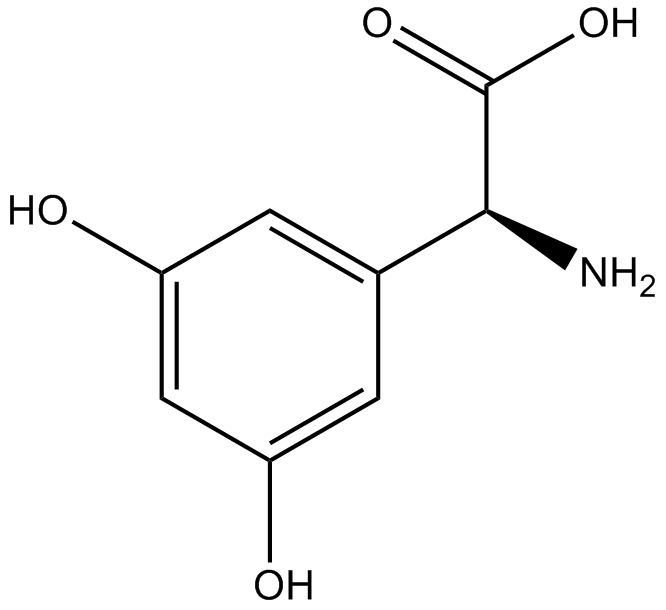 B6459 (S)-3,5-DHPGSummary: group I mGlu receptor agonist
B6459 (S)-3,5-DHPGSummary: group I mGlu receptor agonist -
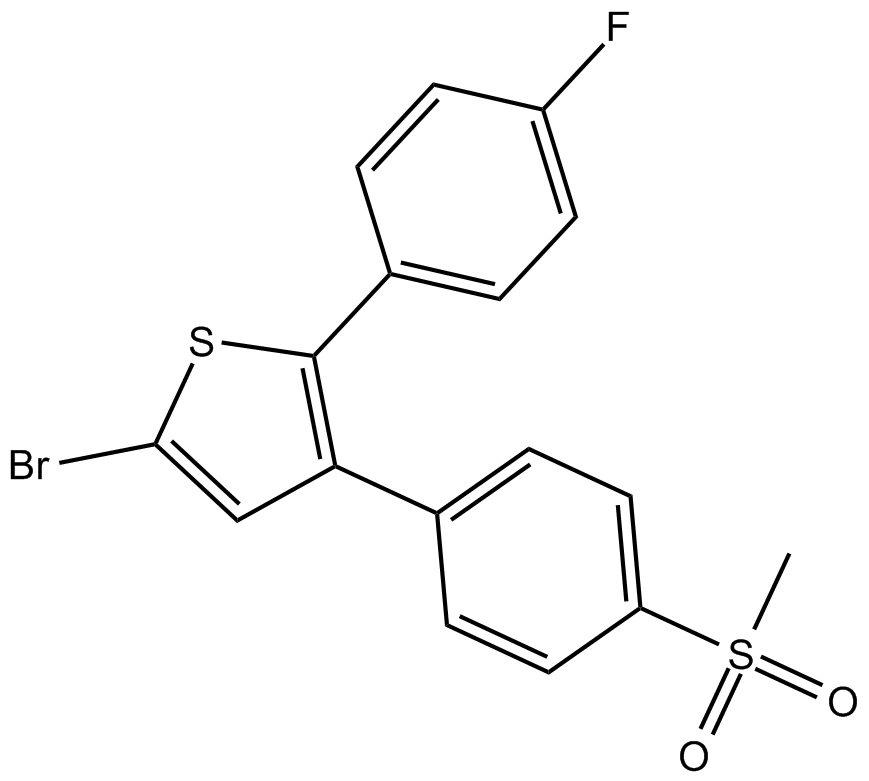 B6737 DuP 697Summary: cyclooxygenase-2 inhibitor
B6737 DuP 697Summary: cyclooxygenase-2 inhibitor -
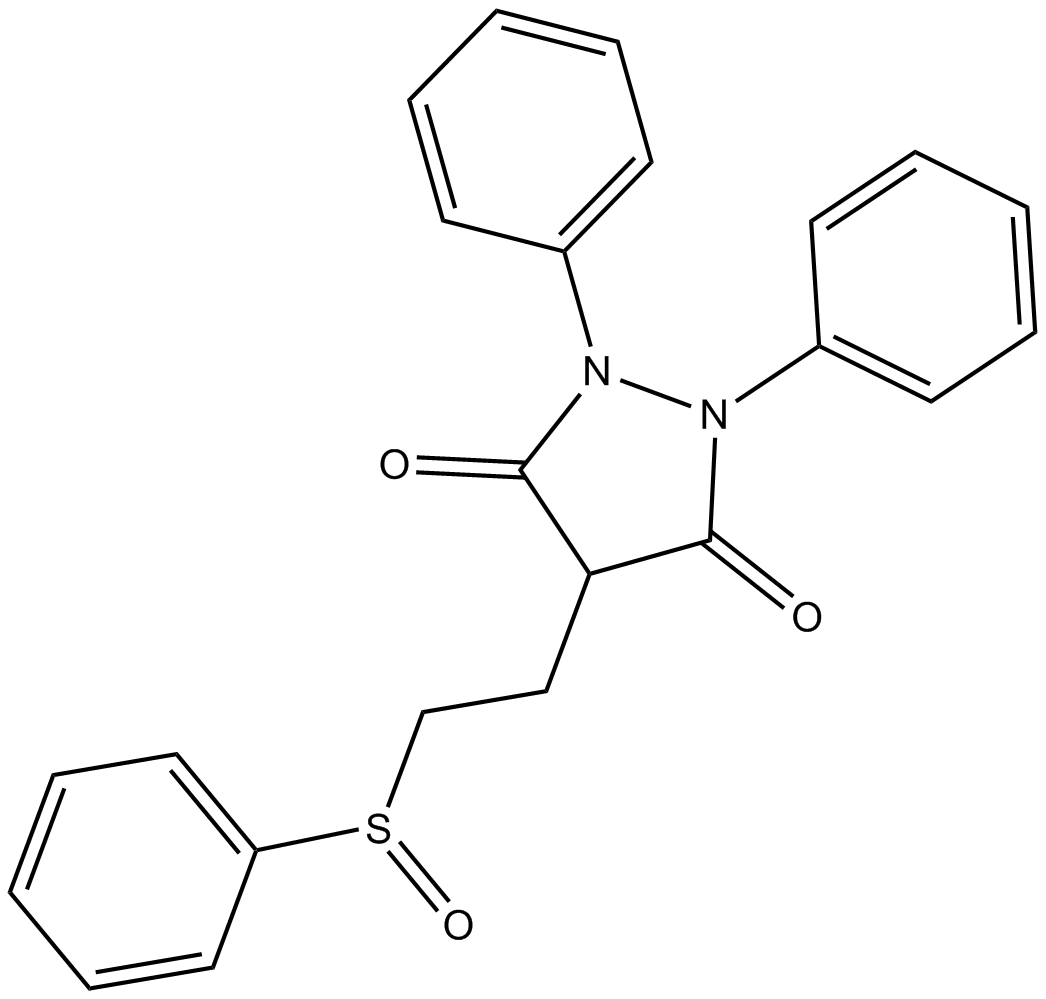 B6139 (+/-)-SulfinpyrazoneSummary: platelet COX inhibitor
B6139 (+/-)-SulfinpyrazoneSummary: platelet COX inhibitor -
 B1754 Fenspiride HClSummary: α adrenergic and H1 histamine receptor antagonist
B1754 Fenspiride HClSummary: α adrenergic and H1 histamine receptor antagonist -
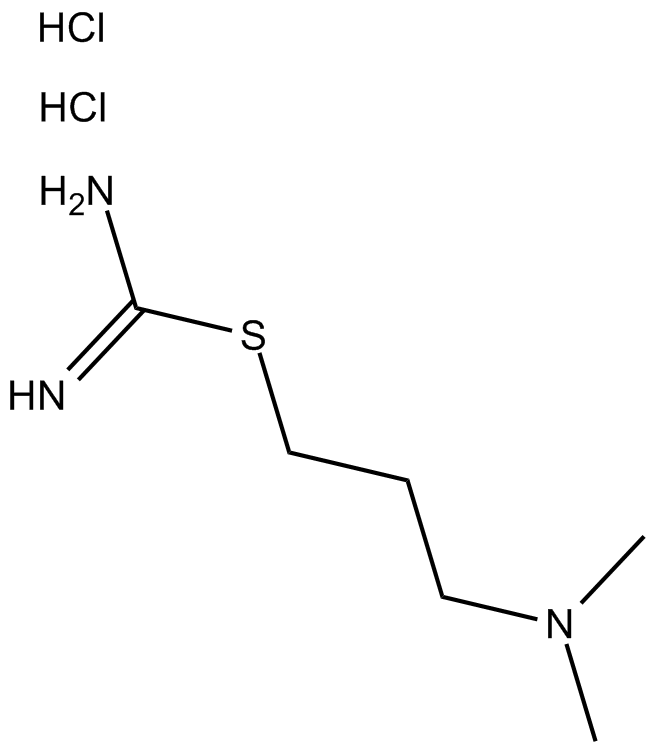 B6328 Dimaprit dihydrochlorideSummary: H2 agonist
B6328 Dimaprit dihydrochlorideSummary: H2 agonist

